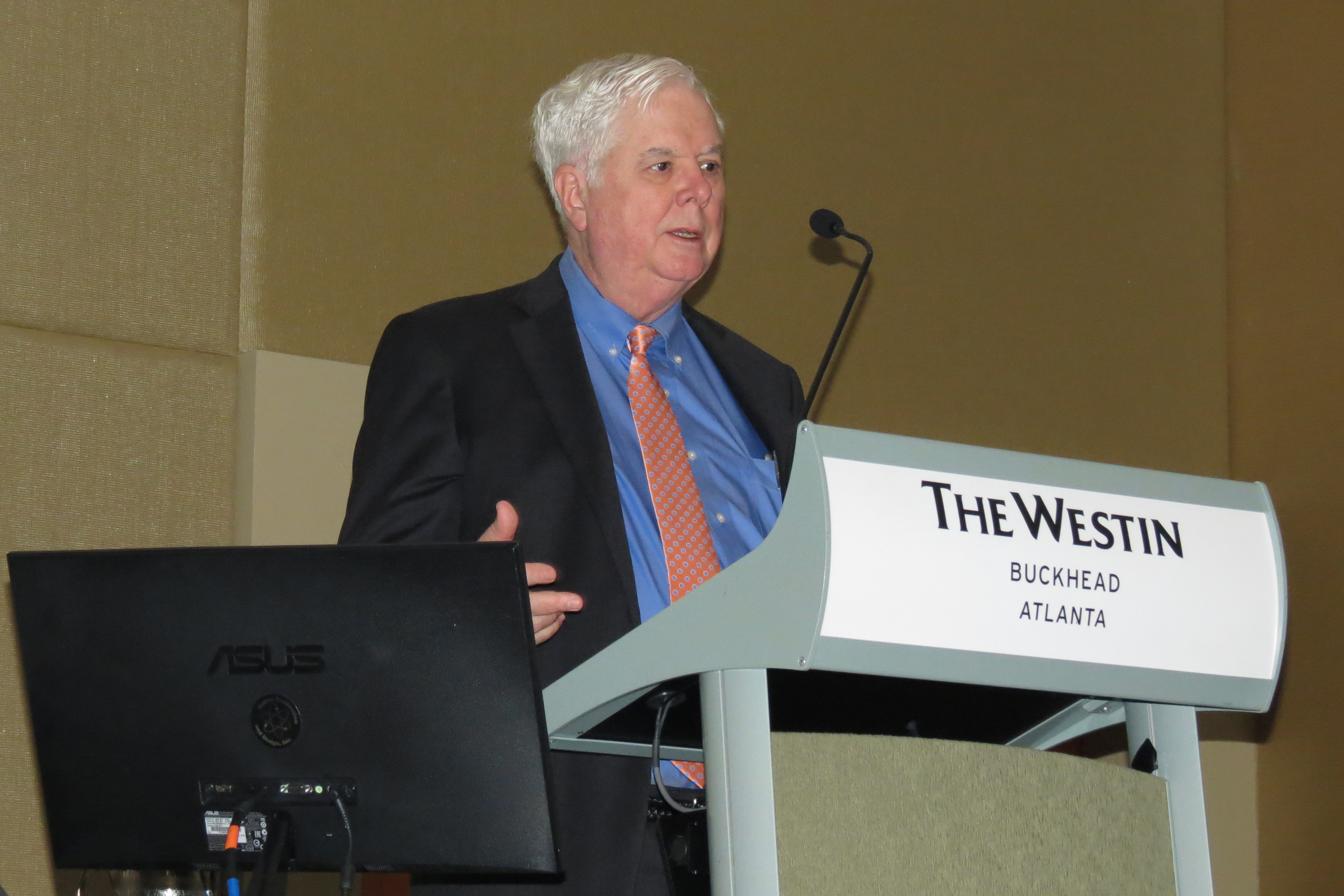Managing Editor, Features and Multimedia
ELD Mandate to Boost Technology Adoption, but Surge in Demand Could Pose Challenges

The ELD mandate will drive “truly hockey stick growth” in the trucking telematics sector, analyst Clem Driscoll said here Nov. 15 during the annual Connected Fleets USA conference hosted by TU Automotive.
He estimated that carriers will deploy more than 1 million ELDs in the United States next year to comply with the regulation, which requires trucking firms to replace paper logbooks with electronic logs to record drivers’ hours of service by Dec. 18, 2017.
RELATED: Appeals Court Rules Against OOIDA in ELD Case
Although the Federal Motor Carrier Safety Administration issued its final ELD rule nearly a year ago, demand for ELDs thus far “has been pretty limited,” said Driscoll, who is president of telematics research and consulting firm C.J. Driscoll & Associates. “Most small fleets and owner-operators appear to be in no rush.”
That cuts down the amount of time left for carriers to deploy ELDs and also raises questions about whether technology providers will be able to meet the surge in demand expected in late 2017, he said.
Driscoll also predicted that some carriers who oppose the mandate may risk operating without an ELD after the compliance date “just to see what happens.”
While most large fleets have already implemented electronic logs, adoption rates are much lower among smaller carriers, many of which will likely wait until December 2017 to install the devices, said Fred Fakkema, vice president of compliance at Zonar Systems, a Seattle-based telematics provider.
That rush to install ELDs at the very end of the implementation period will be “extremely difficult” for the industry to manage, he said.
The move to ELDs will also be a challenge from an enforcement standpoint, Fakkema added.
“It’s going to be a mess” when carriers begin transferring data at roadside, he warned, because many enforcement officers haven’t received training on ELDs and don’t yet understand the rule.
As the industry works its way through that transition, Fakkema encouraged fleets that are currently using today’s electronic logging technology — known as automatic onboard recording devices, or AOBRDs — to continue using those devices until 2019 before updating their systems to meet the ELD specifications. The ELD rule gives early adopters of AOBRDs an additional two years to comply with the new device standards.
Under the ELD rule, it’s inevitable that business models based on skirting hours-of-service regulations will become “unsustainable,” said Rich Alborn, a product manager at Continental Automotive Systems, which offers the VDO RoadLog electronic logging system.
To address the compliance needs of new adopters, many startup companies will continue to come to market with low-cost ELD products in the coming year, Alborn said.
Some of those startups, however, will not survive, but it remains the responsibility of the carrier to maintain a compliant ELD, he said.
While some carriers and owner-operators may see the ELD mandate as a burden, it is also an opportunity for them to “expand [their] horizons in terms of in-cab efficiency,” said Chris Koszarsky, director of engineering at Garmin.
ELDs can support additional features such as routing and navigation and productivity tools that can enhance carriers’ operations beyond mere compliance with the regulation and give them a return on their investment, he said.




